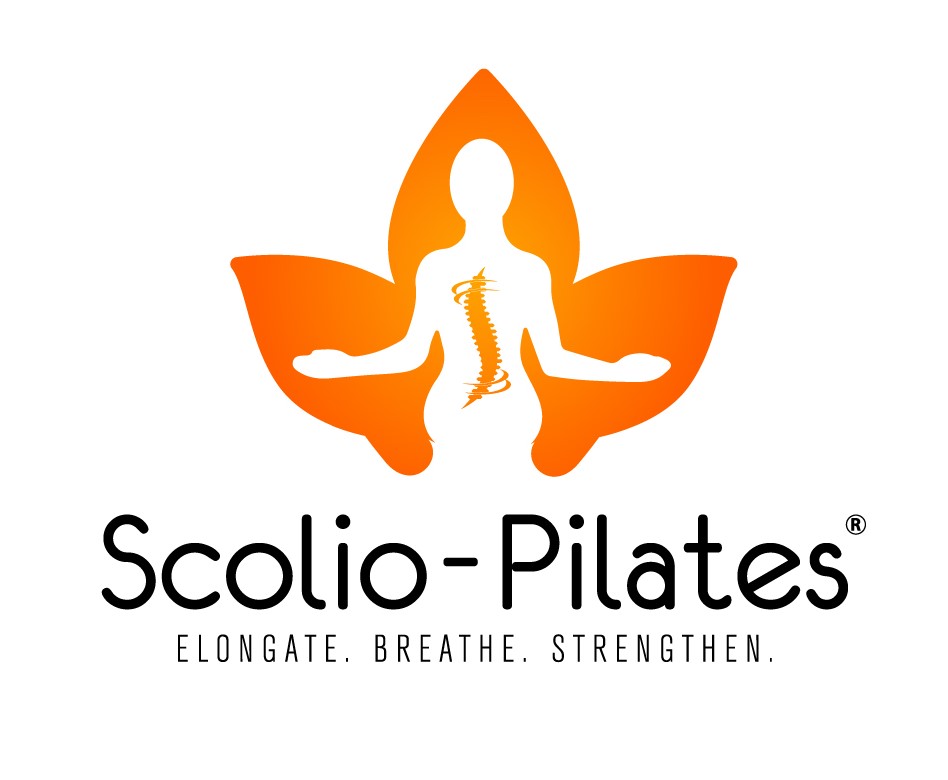Tough question. If you are talking about getting past an acute episode it could be days. Maybe even a week. If you are talking about chronic pain you could be talking quite a bit longer. Maybe a few months; maybe a few years. It’s not an exact science but there are things that you can do to improve your chances of your sending your back pain packing.
So what does it take to heal back pain? What are the mechanisms that need to be addressed and how do we engage them to function properly again?
There are too many factors that contribute to back pain for a brief blog so let’s focus on just one: joint instability. After an injury or a loss of motor control (within the muscles) the affected joint de-stabilizes. For a fraction of a second that joint may have been pushed past its limit, or maybe the muscles lost motor control for, again, just a fraction of a second, or maybe even a long-term repetitive activity has created a strength or structure imbalance that has de-stabilized the joint.
Whichever it may be, our job at that point is to try to restore symmetry and balance back to the supporting musculature. The more balance there is between your front muscles (abs) and your back muscles (spine extensors) and your side muscles (quadratus lumborum and obliques) the easier it will be to kiss the pain good-bye
It’s important to know that these muscles are highly unlikely to balance out on there own if you are just to return to your regular everyday activities. Five years post-spine surgery, individuals who are no longer experiencing back pain are still exhibiting asymmetries in musculature as well as deficits within motor control (McGill et al. 2003).
If you are attempting to restore balance there must be a multi-task approach. One exercise is not gong to cut it. Sit-ups or crunches aren’t going to take care of the multitude of deficits. This is especially true since the spine extensors in a person with a prior history of back pain lack more endurance than any other muscle group that supports the spine. But to focus on spine extensors alone would also be an error.
Your spine is surrounded by supporting muscles. Why would any one muscle be the focus of a rehabilitation program? It shouldn’t be. (But really, HOW in the world did it become such a popular myth that more sit-ups will heal your back pain…crazy mystery!) A well-rounded program that includes anterior (crunches), posterior (spine extension) and lateral (side-bridging) muscles of the spine need to be addressed if stability is to be restored.
Outside of working on these three sets of stabilizers it is helpful to focus on balance exercises. Balancing on one leg or on an unstable surface makes some of the smaller more proprioceptive muscles of the spine fire and return to normal function. Often these smaller muscles stop working when there is any kind of trauma to the spine. The trauma causes the larger muscles to spasm (overwork) and the small muscles to stop working. The proprioceptive aspect of the smaller muscles tells your body where it is in space. They are constant little balance sensors that fire when you turn your head, twist, lean-over, balance on one leg or any other of a multitude of small tasks. If they aren’t working it will be much easier for the joints to be de-stabilized.
How long it will take to heal back pain is highly individual. Once proper bio-mechanics are achieved (for example, lifting with a neutral not flexed spine), then muscular endurance, strength and proprioception can begin to be restored and help bring the spine closer to health, reducing pain.
You can begin looking for exercises in our 8 part series on back pain. The link to the first exercise is below. Also, all of these exercises are a part of our DVD, ‘Pilates for Healthy Bodies.’
Good luck and let me know if you have any questions.
Click here for your first exercise! Back Pain Part I

